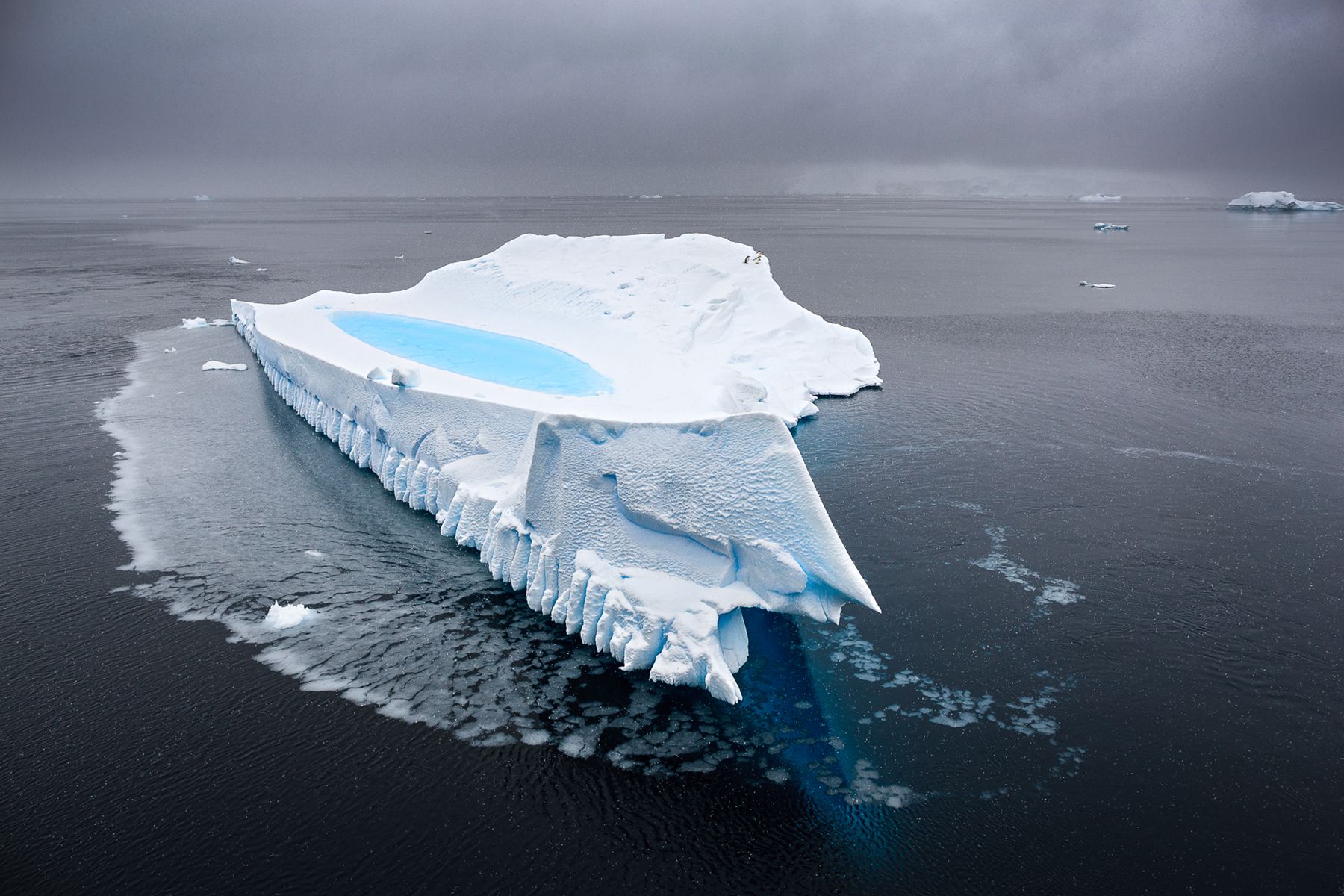Antarctica White Nature Expedition Report
November 1st - November 14th, 2017
In November of 2017 I lead a dedicated photographic expedition to the Antarctic Peninsula – Antarctica, White Nature – in search of wildlife and dramatic landscapes. The expedition was deliberately timed as the first of the season as typically this is when the weather is still quite unstable in Antarctica and there is the greatest chance of dramatic weather and light. Expeditions later in the season (December, January and February) typically have more settled weather and far less snow coverage on the ground. For wildlife photography this can be problematic as it can be difficult to find clean snow backgrounds for the penguins (Read my guide on how to choose a photographic expedition to Antarctica).
As it turned out fresh evidence of global warming was written all across the face of the Antarctic peninsula with unseasonably warm and stable weather that resulted in more blue sky days than I would have preferred for photography. In fact, there was a huge high pressure system sitting over the peninsula for the entire duration of the expedition (and the one that followed). To date, I have never seen so little snow, or such unseasonably warm and stable weather this early in November. Many of the glaciers I have become familiar with in recent years (such as those at Neko for example) are showing severe signs of melt and distress. Snow coverage was also lower than I have ever experienced in November. National Geographic recently published an outstanding article (July 2017) on the melt in Antarctica that should be mandatory reading for anyone even remotely interested in global warming (skeptics included). Titled: Antarctica; the bottom of the world as you have never seen it I recommend you try and pick up a copy. Putting the facts of the melt aside the underwater photographs by Laurent Ballesta that accompany the article are simply superb.
